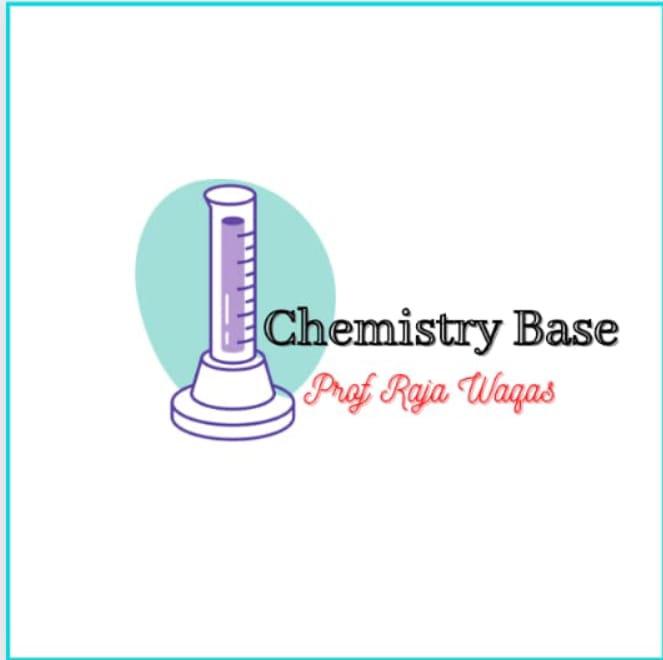NUCLEAR MAGNETIC RESONANCE (NMR) SPECTROSCOPY:
Nuclear magnetic resonance spectroscopy (NMR) is the most powerful tool available for organic structure determination. Like infrared spectroscopy, NMR can be used with a very small amount of sample, and it doesn't harm the sample. The NMR spectrum provides a great deal of information about the structure of the compound, and many structures can be determined using only the NMR spectrum. More commonly, however, NMR spectroscopy is used in conjunction with other forms of spectroscopy and chemical analysis to determine the structures of complicated organic molecules
MAGNETIC SHIELDING BY ELECTRONS:
Protons in a molecule are surrounded by electrons and exist in slightly different electronic (magnetic) environments from one another. The electron densities vary from one proton to another. Thus, the net field felt by a proton in a molecule will always be less than the applied field and the proton is said to be shielded. All of the protons of a molecule are shielded from the applied field by the electrons, but some are less shielded than others, because they may have less surrounding electron cloud and termed as deshielded protons. Deshielded protons are generally in vicinity of electronegative atoms in a molecule. More shielded protons absorb low radio-frequency radiations and their signals appear to the right side of spectrum, upfield region; while deshielded protons absorb high radio-frequency radiations and their signals therefore, appear at the left side of spectrum, downfield region.

No comments:
Post a Comment